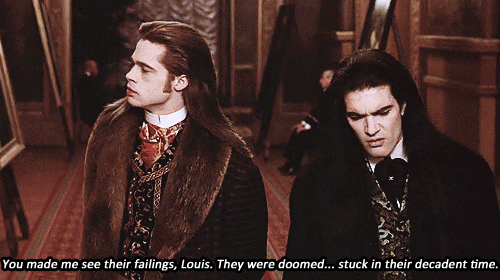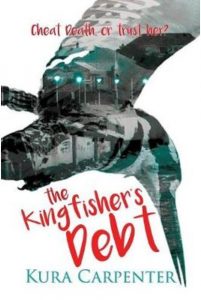
“I was a newborn vampire, weeping at the beauty of the night.”
―Anne Rice, Interview with the Vampire
Ann Rice, the author who breathed new life into the vampire genre, has died from complications following a stroke aged 80. Her 1976 first novel Interview with a Vampire recast the vampire as a tragic antihero and introduced romance, female sexuality, and queerness into the well-worn vampire tale. It was subsequently turned into a movie in 1994 directed by Neil Jordan and starring Tom Cruise, Brad Pitt, and Antonio Banderas. And by adding in these new components to the well-worn gothic story she totally recast the template for vampire novels from that point onwards. Paving the way for much of todays Urban Fantasy/Horror genre.
Anne went on to write numerous other vampire novels as well as religious and erotic fiction, selling well over a hundred million copies in the process. She traced her lifelong obsession with vampires to watching the 1934 film Dracula’s Daughter when she was a young girl.
We have an extensive range of Anne Rice novels; click here to view full list or view a small selection below.
Interview with the vampire / Rice, Anne
“Recounting his first two hundred years of life, a vampire tells of his erotic alliance with Claudia, whose passions are forever locked up in the body of a child. The first instalment of Anne Rice’s Vampire Chronicles ” (Adapted from Catalogue)
The vampire Lestat / Rice, Anne
“When the vampire Lestat becomes a rock superstar, he finds himself in serious conflict with the ancients whose powers are beyond his imagining. Once an aristocrat in the heady days of pre-revolutionary France, now a rock star in the demonic, shimmering 1980s, he rushes through the centuries in search of others like him, seeking answers to the mystery of his eternal, terrifying exsitence.” (Adapted from Catalogue) Also available as an Audiobook.
The queen of the damned / Rice, Anne
“Akasha, the queen of the damned, who has risen from a six-thousand-year sleep to let loose the powers of the night. Akasha has a marvelously devious plan to “save” mankind and destroy the vampire Lestat—in this extraordinarily sensual novel of the complex, erotic, electrifying world of the undead ” (Adapted from Catalogue) Also available as an eBook.
Merrick : a novel / Rice, Anne
“”At the center is the beautiful, unconquerable witch Merrick. She is a descendant of the gens de couleur libris, a society of New Orleans octoroons and quadroons steeped in the lore and ceremony of voodoo, who reigned in the shadowy world where African and French – the dark and the white – intermingled. Her ancestors are the great Mayfair Witches, of whom she knows nothing – and from whom she inherits the power and the magical knowledge of a Circe.” “Into this exotic realm comes David Talbot – hero, storyteller, adventurer, almost-mortal vampire, visitor from another dark realm. ” (Adapted from Catalogue)
The young Messiah : a novel / Rice, Anne
“A novel about the childhood of Christ the Lord based on the Gospels and on the most respected New Testament scholarship. With the Holy Land in turmoil, seven-year-old Jesus and his family leave Egypt for the dangerous road home to Jerusalem. As they travel, the boy ponders the mysteries surrounding his birth. Anne Rice’s dazzling, kaleidoscopic novel, summons up the voice, the presence, and the words of Jesus, allowing him to tell his own story as he struggles to grasp the holy purpose of his life.” (Adapted from Catalogue)
Ramses the damned : the passion of Cleopatra / Rice, Anne
” Ramses the Great, former pharaoh of Egypt, is reawakened by the elixir of life in Edwardian England. Now immortal with his bride-to-be, he is swept up in a fierce and deadly battle of wills and psyches against the once-great Queen Cleopatra. Ramses has reawakened Cleopatra with the same perilous elixir whose unworldly force brings the dead back to life. But as these ancient rulers defy one another in their quest to understand the powers of the strange elixir, they are haunted by a mysterious presence even older and more powerful than they…..” (Catalogue)
Also available as an eBook.
Vittorio, the vampire / Rice, Anne
“Sixteen-year-old Vittorio, sole survivor of a violent massacre at his father’s Tuscan hilltop palazzo, escapes to the Florence of Cosimo de Medici seeking vengeance. He has been saved from death by a mysterious woman, only to find himself at the mercy of demonic and bloody nightmares.” (Catalogue)
<The witching hour : a novel / Rice, Anne
” Two people with special powers are drawn together and set out in a passionate alliance to unlock the mystery of her past and his unwelcome gift. As the strange saga is played out, a world of witches is created that will fascinate readers for years to come.” (Adapted from Catalogue)



